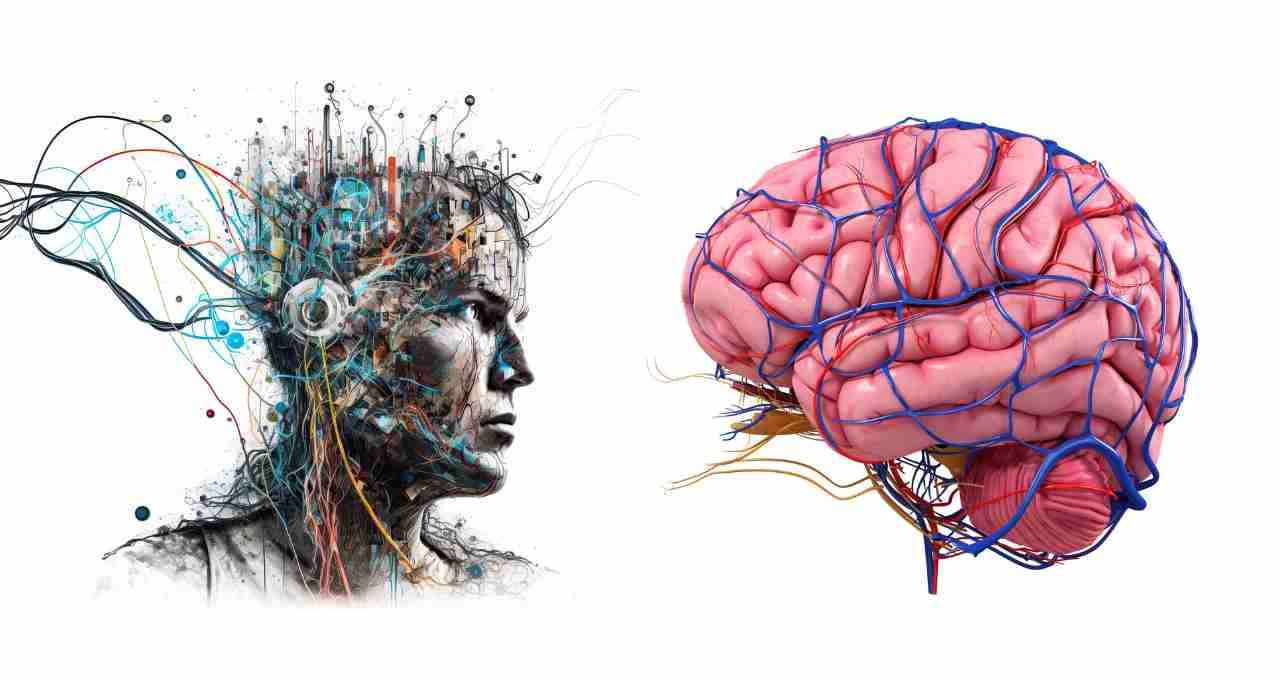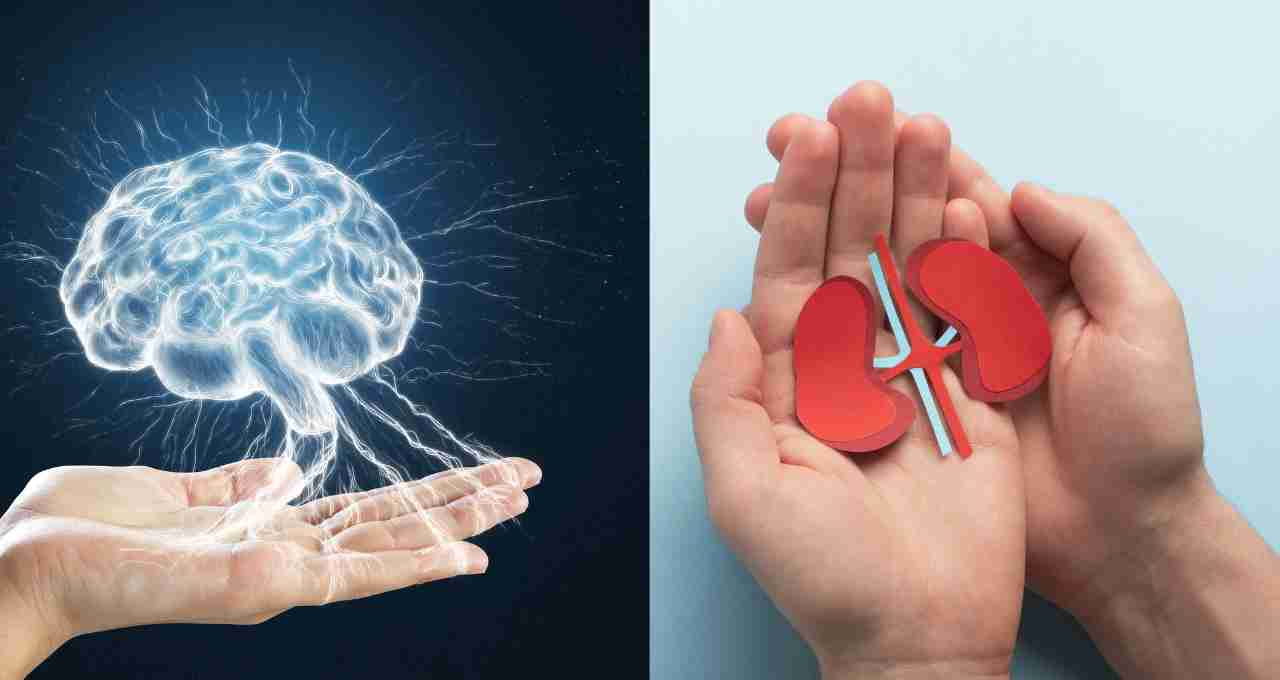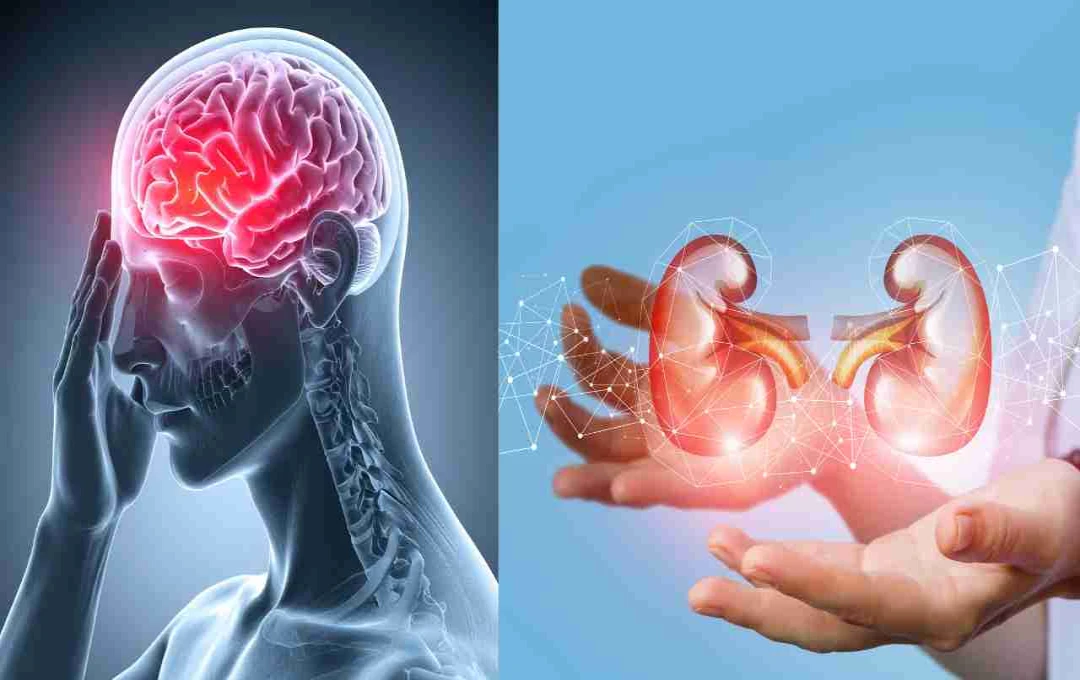A New York University study found that memory is not limited to the brain but can also exist in non-neuronal cells, such as those in the kidneys. Providing information at intervals strengthens the cells' ability to remember. This discovery could impact diseases like Alzheimer's and educational methods.
NYU report: Research at New York University revealed that memory is not confined solely to the brain, but memory-like capabilities are also present in the kidneys and other non-neuronal cells. Dr. Nikolai Kukushkin's study found that if cells are given signals at intervals, their ability to remember is strengthened further. This research has been published in Nature Communications and could be instrumental in treating diseases like Alzheimer's and bringing about changes in educational methods.
Memory in Non-Neuronal Cells

NYU researcher Dr. Nikolai Kukushkin conducted this study. He found that when non-neuronal cells, such as those in the kidneys, are given various chemical signals, they activate "memory genes" much like neurons do. This implies that other cells in our body can also "remember" information in a way.
Kukushkin's study was published in the journal Nature Communications. This discovery is surprising to the scientific community because it was previously believed that memory was limited solely to the brain and neural cells.
Memory Strengthens by Providing Information at Intervals
This study also observed that providing information at short intervals rather than continuously strengthens memory. This process is known as the 'massed-spaced effect'. Previously, it was only observed in neurons, but now this effect has also been seen in non-neuronal cells.
The research found that cells given signals at short time intervals retained their ability to remember for a longer period. In contrast, cells that received signals only once had weaker memory capabilities. This indicates that the timing of signals affects memory.
Memory Testing

In this study, memory was also tested in cells other than those in the brain. During the testing, a 'reporter gene' was inserted into the cells. This gene fluoresces when the memory gene is active. This helped researchers track the memory responses of cells in real time.
In the experiment, some cells were given continuous signals, while others received signals at intervals. The results showed that the memory gene remained active longer in cells that received signals at intervals. This proved the significant importance of timing and intervals.
Significance of the Study
This study not only proves that memory is not limited to the brain but that this capability exists in cells throughout the body. This discovery could aid in the study and potential treatment of memory-related diseases like Alzheimer's.
The research also suggested that providing information at short intervals can strengthen memory capabilities. This could be utilized to make education and learning techniques more effective.
Opportunities for Future Research
This NYU discovery paves the way for new scientific studies. In the future, it will be crucial to understand how cells in other organs also activate memory-related genes. Furthermore, this discovery could open up new possibilities in pharmaceuticals and medical treatments.
This study clarifies that memory in the human body is not limited to the brain but is a holistic biological process. Understanding the ability of cells to retain information could lead to improvements in new medical techniques and treatments.















